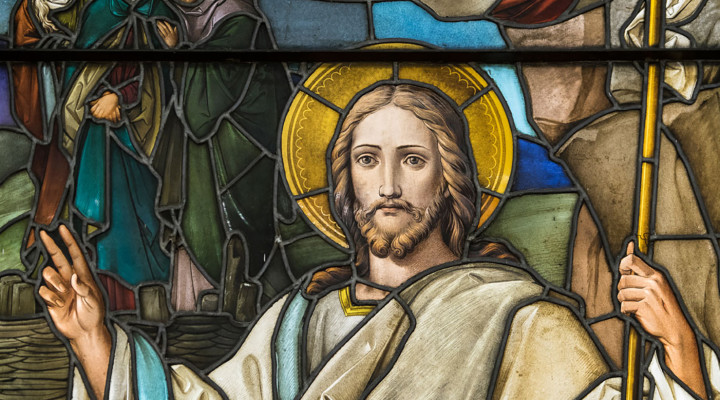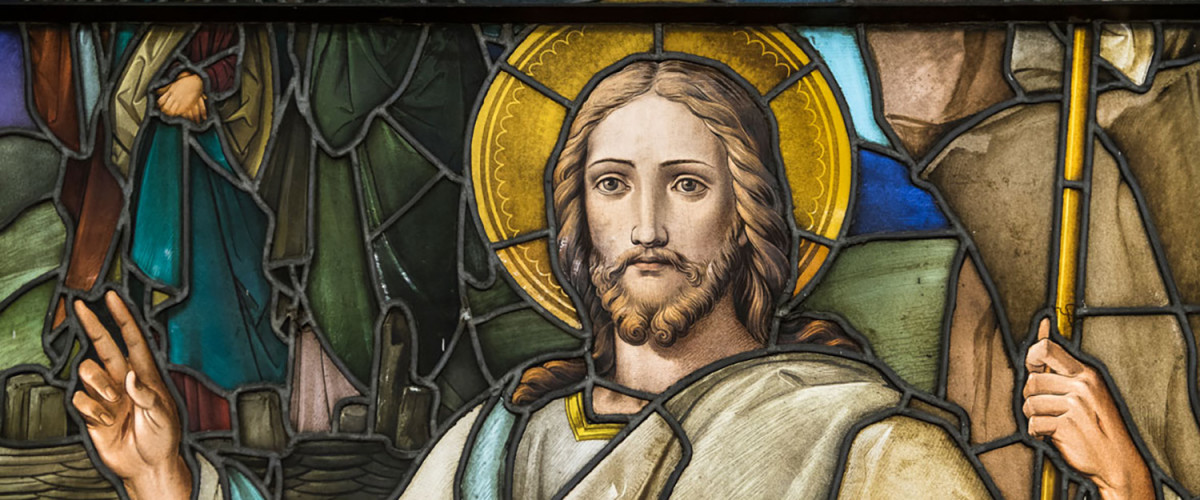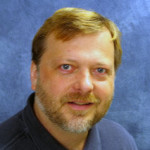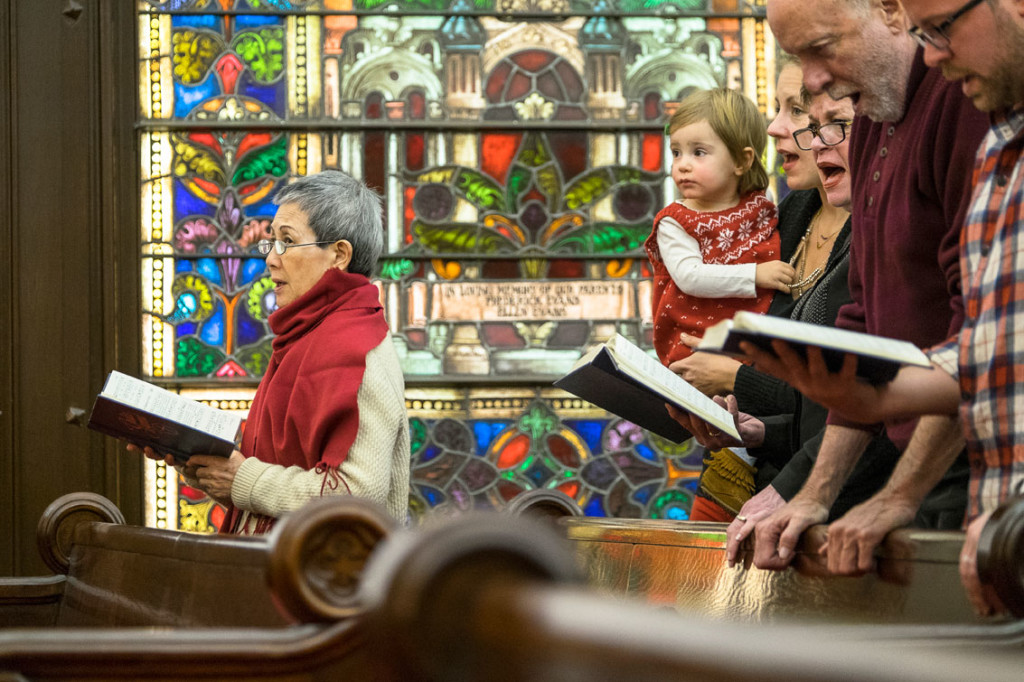Good Friday services at Madison Avenue Baptist Church are traditional in many ways.
Participants are reminded, through music, prayer and scripture readings, of the crucifixion and death of Jesus Christ. Themes of sorrow and grief are experienced in an ornate sanctuary surrounded by stained glass depictions of biblical personalities and scenes.
“This is the basic Good Friday service I grew up with, and it is just as somber as any Good Friday service I have put together,” said Paul Stephan, the music director and pianist at the New York City church.
But Stephan said there is something very — and even radically — unusual about Good Friday at Madison Avenue Baptist: its country and western sound.
For the past five years, church members and visitors have been treated to the traditional crucifixion story wrapped in melodies more common to Nashville honky-tonks. Sometimes the musicians even dress up in cowboy and cowgirl garb.
“Putting it into country music made it nice and approachable and something not many churches are working with,” Stephan said.
Pastor Susan Sparks said it’s the right approach for a church that is constantly orienting itself to appeal to those who find church unappealing.
The congregation is undergoing a rapid expansion of its online presence, where its cyber membership is soon expected to close-in on the numbers actually sitting in its pews.
And the church is constantly looking for new ways to present the gospel to young, busy New Yorkers who typically don’t have much time or interest for religion, Sparks said.
That even goes for key holidays.
“Five years ago … we were asking ourselves how you approach Easter and Holy Week with a new lens?” she said. “It’s a lovely, powerful time but it’s been done — let’s just call it out.”
The congregation was surveyed and said it was willing to try something new — especially since none of the gravity and depth of Good Friday would be lost.
“Country and western music dovetails with the pain and agony of Holy Week and Good Friday,” Sparks said. “And the congregation didn’t mind taking the risk.”
And the risk paid off.
“We did it and it was a big hit,” she said.
Musicians and worshipers alike have reported feeling inspired by the approach.
“It broke open Good Friday for me in a new way and we have felt the passion story in a raw way that we hadn’t felt before,” Sparks said.
Another good sign: “It’s been growing every year.”

Pastor Susan Sparks, center, is surrounded by musicians and singers from Madison Avenue Baptist Church’s country-and-western Good Friday service. (MABC photo)
The music, which changes each year, features songs written in a country-and-western style specifically for Good Friday, Stephan said.
The music is performed by the church’s choir, a band using guitars, drums, piano and bass, and a sextet of hired singers who perform solos.
“They are lined up in front and congregation members do the readings,” Stephan said.
While some of the musicians wear chaps and cowboy hats to drive home the country themes, the most powerful part of it all is the message.
“It wasn’t the sound, it was the lyrics that spoke to me,” he said. “It was the storytelling that really drew me in.”
That’s how the music retains all the important concepts and emotions of Good Friday, Stephan said.
Yet, it is the country-and-western sound that wins over many visitors.
“It makes it accessible to people who normally wouldn’t go to a church to hear standard church music on Good Friday,” Stephan said.
The feedback he’s gotten is that the country-and-western service is working — which is borne out by the large number of visitors usually present.
“What I’ve heard is people approaching the [Good Friday] story because it’s couched in a different vernacular,” he said.
Besides, Stephan added: “There are hundreds of churches in New York City that are doing the traditional approach.”




